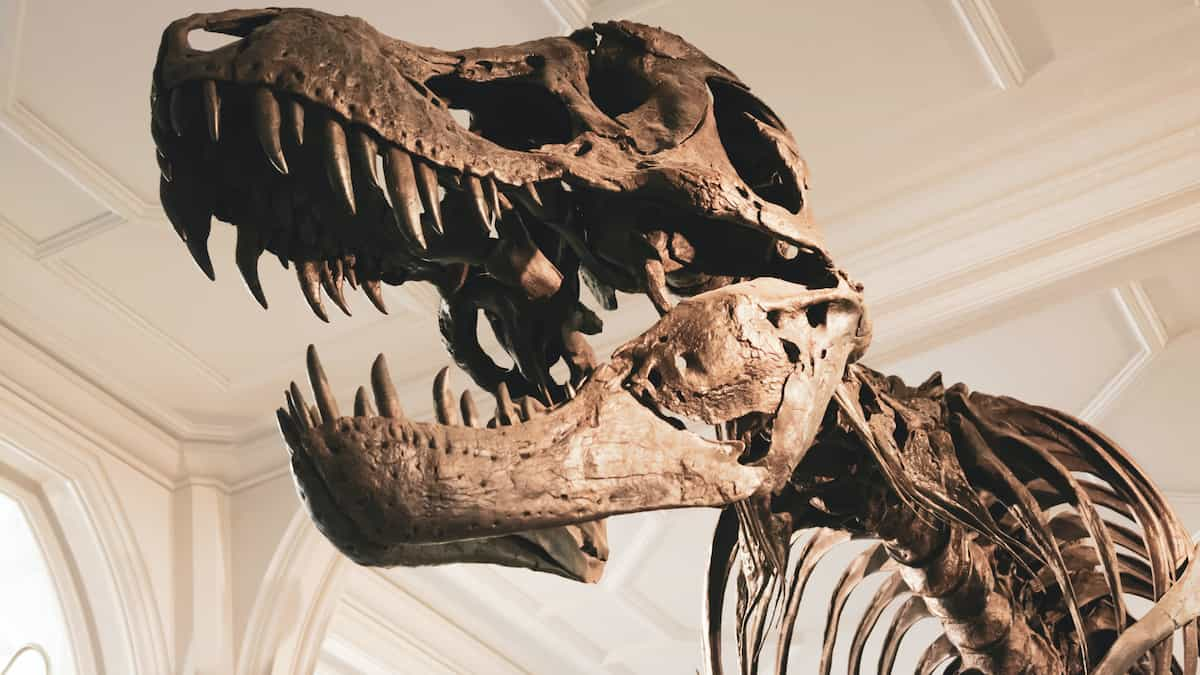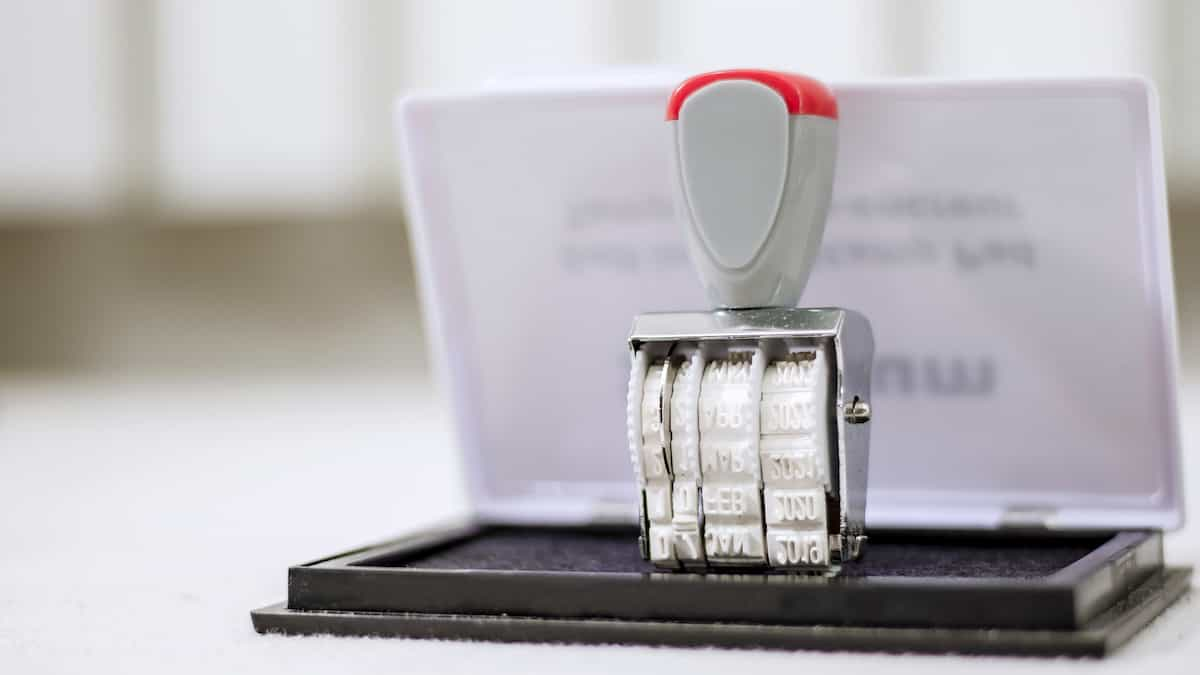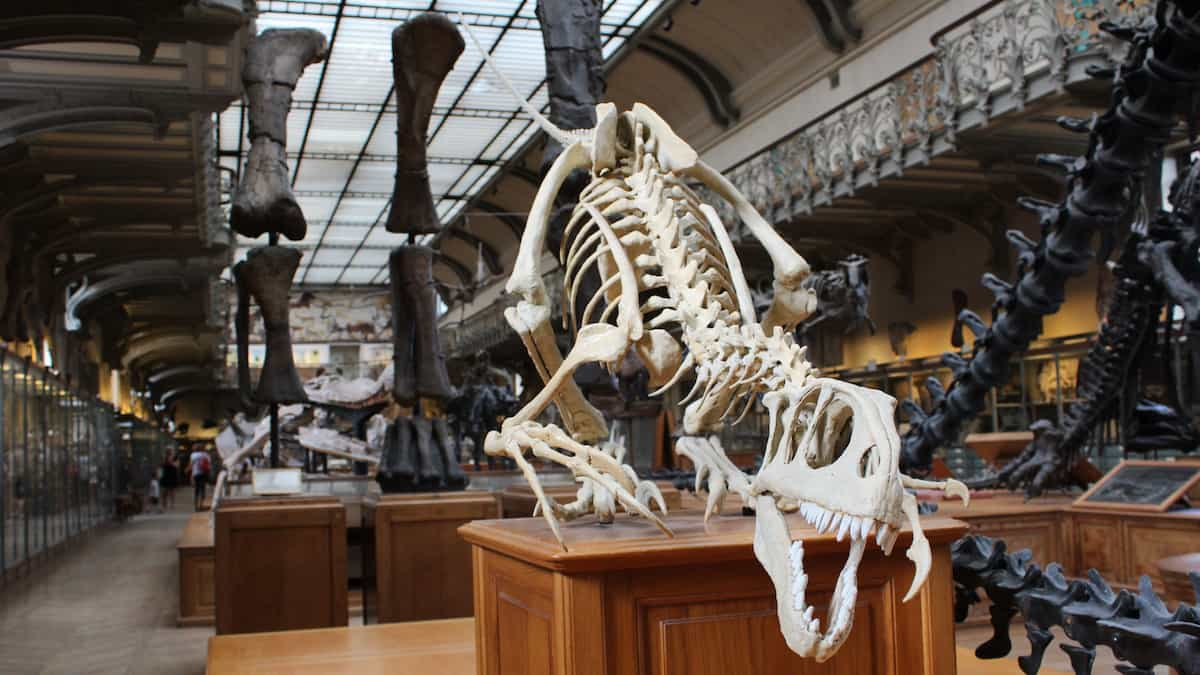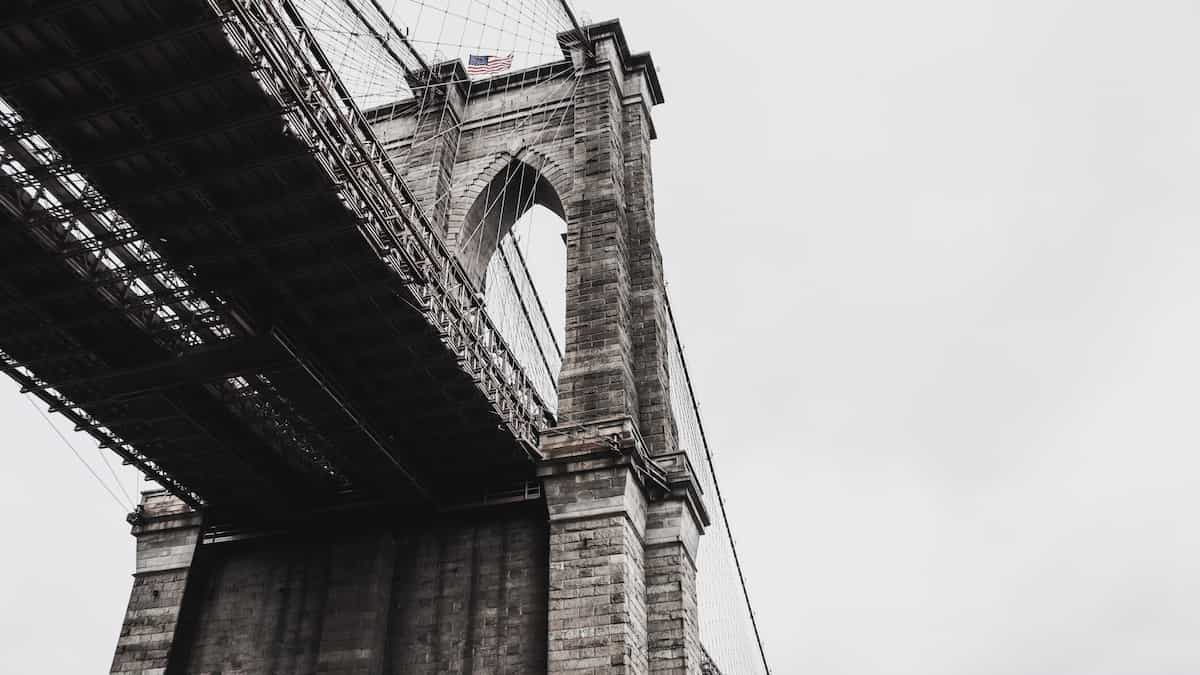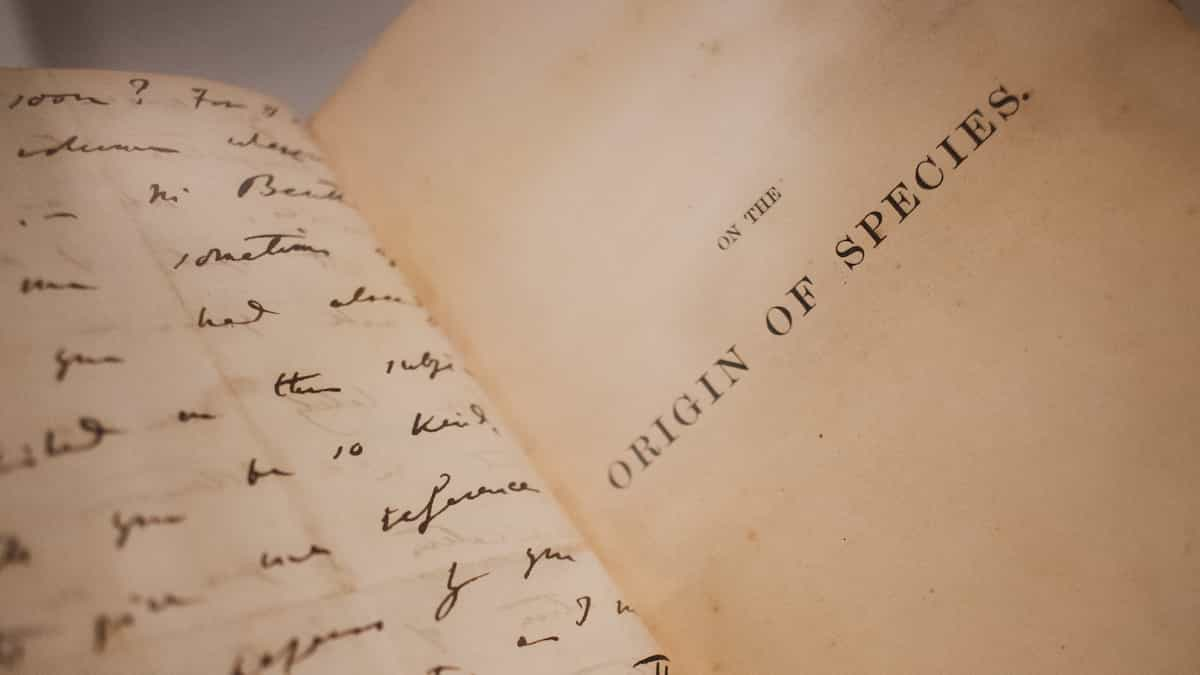Note Completion Questions in IELTS Listening
Learn about Note completion questions in IELTS listening with an overview, recommended strategy and practice questions.
by Tim Martyn
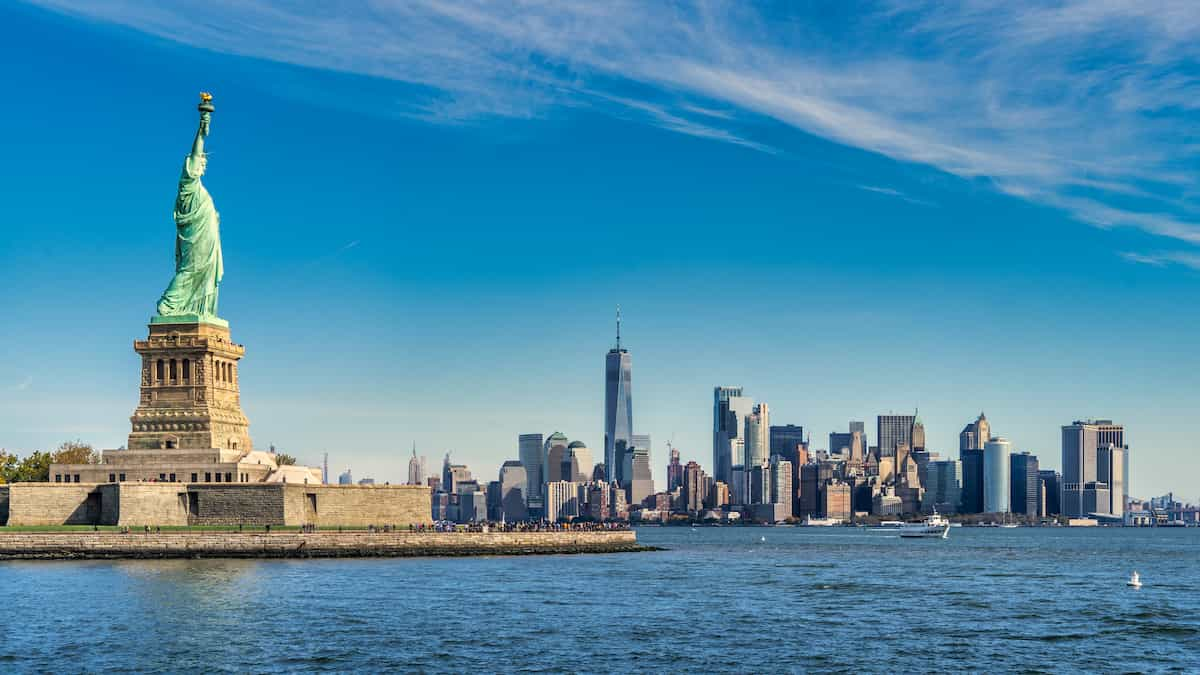
Overview
Note completion questions test your ability to understand main ideas/facts in a recording.
Here are some key points about Note completion questions:
- You’ll be asked to fill in gaps in a set of notes. It’s much less common, but you could be asked to select from a list of possible answers instead.
- You don’t have to change the words used in the recording in any way – just write down the words as they are in the recording.
- You’ll hear the answers in order in the recording. That is, you’ll hear the answer to Question 1 before the answer to Question 2.
- The questions are based on main points/facts that a listener would naturally write down. They aren’t based on obscure details.
- They could appear in any part of the listening test, but they’re especially common in Parts 1 and 4.
Example questions
Here are some example Note completion questions from a lecture about the Statue of Liberty.
You can try these questions in the practice section.
Questions 1 – 5
Complete the notes. Write ONE WORD ONLY in each gap.
Recommended strategy
Here’s my recommended strategy for answering Note completion questions.
Before you listen
- Read the instructions carefully. In particular, take note of how many words and/or numbers you’re allowed to write. For instance, the instructions might say that you can write ONE WORD ONLY. This means that, if you write two words for one of the answers, it’ll be marked wrong.
- You’ll be given time to study the notes. Make sure you do this as it can help you predict what the speaker(s) will talk about.
- Take note of any headings that appear in the notes. These can guide you through the talk/conversation.
- Circle/highlight key words in the notes. Key words help you follow the notes, but keep in mind that synonyms are often used in the recording.
- If you’re doing the computer-delivered IELTS, put your cursor in the first blank so that you’re ready to type.
While you’re listening
- Follow the notes as you listen to the recording. Listen for key words – these will tell you when an answer is being / is about to be given.
- After you write/type an answer, don’t spend too long thinking about what you’ve written/typed. Instead, keep following the notes so that you’re ready for the next answer. You’ll have time to check your answers after the recording.
- If you’re doing the computer-delivered IELTS, move your cursor into the next blank so that you’re ready to type. Alternatively, you can press the Tab key on your keyboard to move the cursor between blanks.
After you listen
Once the recording has finished, check your answers and make changes if necessary. Make sure that:
- you have followed the instructions in terms of the number of words/numbers you can use;
- the words that you’ve written/typed fit grammatically – for instance, if a gap requires a noun, but you’ve used a verb, it’s almost certainly wrong;
- your spelling is correct.
Practice questions
Now it’s your turn to practise. Answer the Note completion questions using the steps outlined above.
Questions 1 – 5
Complete the notes. Write ONE WORD ONLY in each gap.
Feedback
Click below for the answers and transcript.
The correct answer is “friendship”.
Here’s the relevant part of the recording:
He was eager to commemorate 100 years of American independence from British rule, as well as the friendship between France and America.The correct answer is “donations”.
Here’s the relevant part of the recording:
The turning point came when American publisher Joseph Pulitzer placed an advertisement in his newspaper – the New York World – calling for donations from the public.The correct answer is “copper”.
Here’s the relevant part of the recording:
The outer layer of the statue was constructed using sheets of copper, which were hammered into shape by hand and assembled over a steel frame.The correct answer is “crates”.
Here’s the relevant part of the recording:
The 350 individual pieces were packed into crates, which then made the long voyage across the ocean.The correct answer is “concrete”.
Here’s the relevant part of the recording:
For instance, the architect of the pedestal, Richard Morris Hunt, had originally intended for it to be made of solid granite. But he was forced to resort to using concrete for the bulk of the structure due to budgetary constraints.Today, we’re going to continue our series of lectures on American landmarks by focusing on the Statue of Liberty.
This iconic structure, which stands proudly on an island in New York Harbor, is recognised around the globe as a symbol of freedom. So, where did the statue come from? Well, it was first proposed by French historian Édouard de Laboulaye in 1865. He was eager to commemorate 100 years of American independence from British rule, as well as the friendship between France and America.
Now, despite being a gift from the French people, the Statue of Liberty was actually a joint project, with the Americans responsible for constructing the enormous pedestal the statue would stand on. You might find this surprising given the statue’s significance today, but it was actually very difficult to fund the project, particularly for the Americans, and the project eventually stalled. The turning point came when American publisher Joseph Pulitzer placed an advertisement in his newspaper – the New York World – calling for donations from the public. Thankfully, they responded, and the project was able to proceed.
Right, so, in terms of the construction of the statue itself, that got underway in France in 1875 under the direction of French sculptor Frédéric-Auguste Bartholdi. The outer layer of the statue was constructed using sheets of copper, which were hammered into shape by hand and assembled over a steel frame. The statue was finished in France, but in order for it to be taken across the Atlantic to New York, it had to be disassembled. The 350 individual pieces were packed into crates, which then made the long voyage across the ocean. The statue arrived in New York in 1885, but it would be another year before the pedestal was completed. You see, the financing challenges had delayed the project and had other impacts, too. For instance, the architect of the pedestal, Richard Morris Hunt, had originally intended for it to be made of solid granite. But he was forced to resort to using concrete for the bulk of the structure due to budgetary constraints. Once the pedestal was finally complete, the statue was reassembled. In October 1886, more than 20 years after it was first imagined, the statue was finally unveiled to the public.
OK, I’d now like to turn to the association between the Statue of Liberty and immigration.